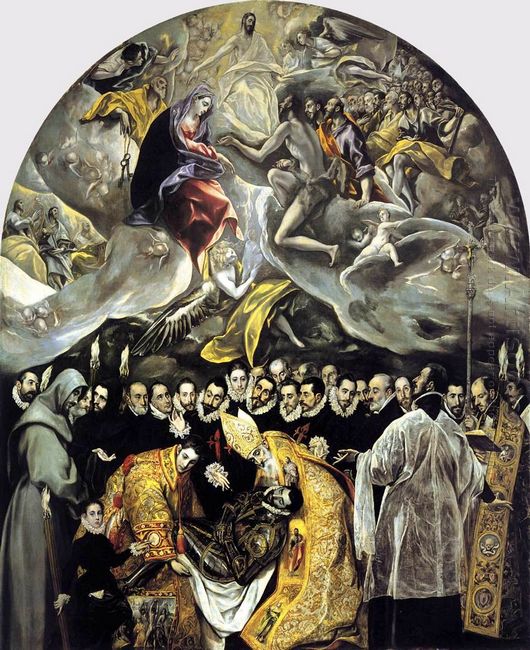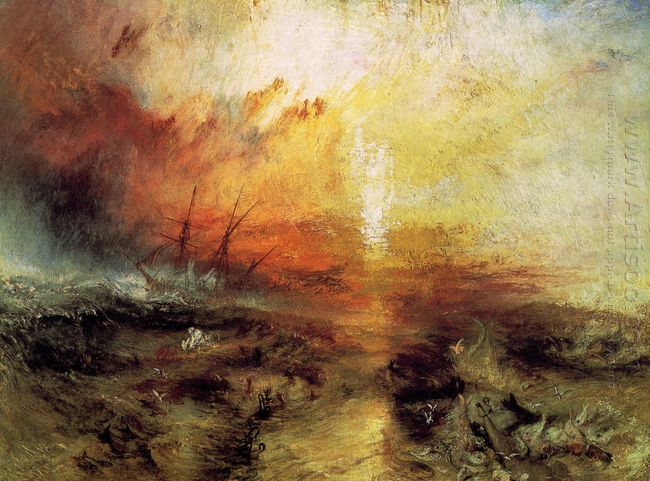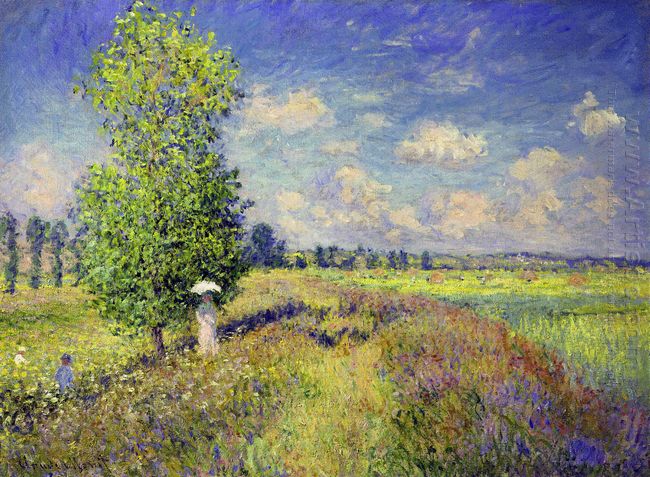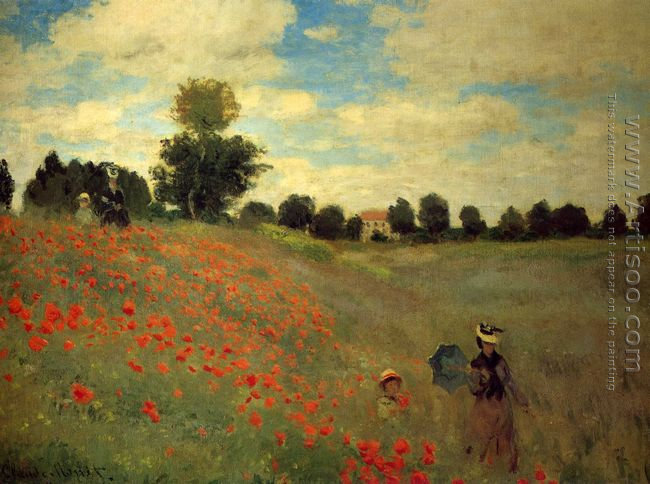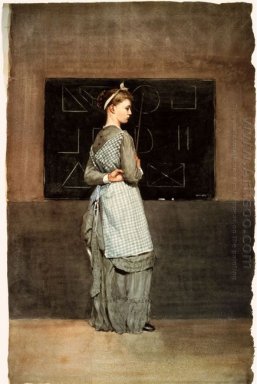The Burial Of The Count Of Orgaz originated from the legend of a medieval: The Count Of Orgaz was a celebrated rich gentleman in Toledo, whose full name was Tang Gonzales Ruiz. As the Toledo’s citizen, he was elected to the secretary of Cassidy La parish and had denoted much property to St. Meters church. Because of his devotion to the church, in 1312 when he died, he was buried in the church according to his last wish. But at the funeral, the amazing miracle happened: the kingdom of heaven sent two saints -Shinseki and Augustine - dropping from the clouds, personally buried him and took his body back to the earth. The painter arranged this legendary scene like this: the painting was divided into two parts, the upper part was the scene that the court was recalled to the heaven and the lower part was the bury scene. In the lower part, on the right of the coffin, a priest was religiously reading the scripture among the crowd; on the left, a monk was meditating while lowering his head, seeming to farewell to the dead. The crowd was arranged in dense formations and positioned in the main position in the bottom of the painting. The nobles and guests who came to offer condolences were dressed in black with while collar. Some people’s expressions were very rich and some shuttled around. In fact, these people were the city of Toledo's well-connected. The painter used skilled sketch portraits to depict the characteristics of these standing neat figures. The priest on the right was wearing a white robe with a surprising expression staring at the sky so as to explain the sudden dropping miracle. A juvenile standing in the left held a torch in his right hand. And his eyes had left the holy book and his face was facing the audience. His left hand was pointing to two saints dropping from the clouds to draw the viewer's attention.
The juvenile was not other and was the artist's son Khokh? Manuel (the painter’s beloved son was born in 1578 and just 8 years old. It was said that the painter’s work used it to record the creation age. ) Sankt Augustin (on the right side, a white beard old man) and Shinseki (a handsome boy on the left side, reportedly, behind his right hand in front of the person was the artist himself; each piece was cleverly put herself into them, out of the right middle finger and ring finger close together, the equivalent of their signature) were the central. They carefully led the count's armor in the foreground. The rochet was carefully described and presented a miniature painting style. The textile pattern was strict in one's demands with strong texture and the golden yellow was jumping on the screen, echoing with the right side of the priest reading on honey yellow. And in the upper part of the painting, the count had removed his amour and was naked to accept the solemn calling of Christ and Maria.
Interestingly, the funeral participants Greco here painted was the same clothing as Greco wore. The painter may want to make three layers of the world, the kingdom of heaven, ancient, modern combined into a harmonious whole with the pure illusion performance of religious idea. The elongated figures and pale face made the whole painting enhanced the situational solemn and lofty sense. In addition to the silver and gold prospect, the painting was dark blue, red and grey brown with strong to foil; the shining armor on the court and the sky’s dark gray tone formed the contrast of visual reality and illusion.








